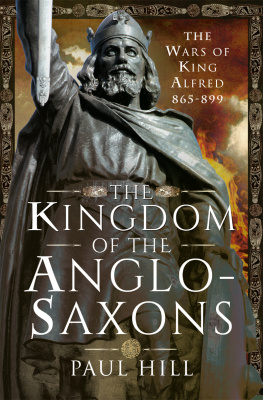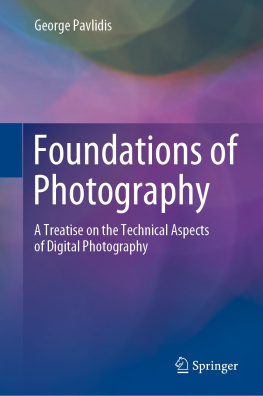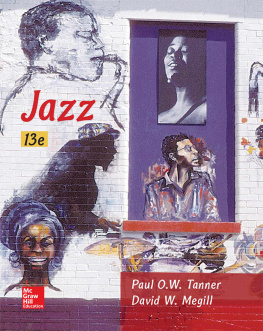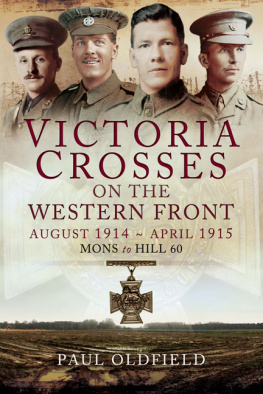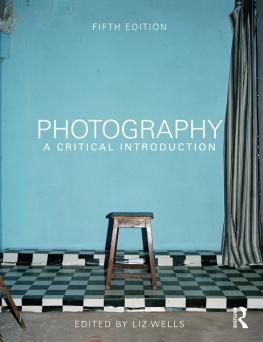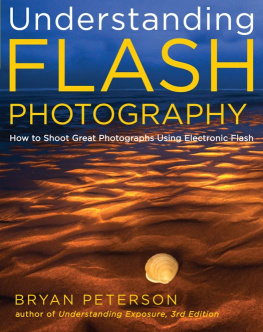I would like to thank all those photographers who have contributed enormously to this book by allowing me to use their work; Roger Taylor for the Foreword and for his advice and support over many years; Iona Cruickshank, formerly of De Montfort University, Leicester, and Dewi Lewis, formerly of Cornerhouse, Manchester, who arranged invaluable practical assistance; Brian Randle, Bill Jay, John Mulvany and, particularly, Thomas Cooper, from whom I learned so much about photography; my late wife Angela, a photographer who supported me over the years in more ways than she realised (and typed the original manuscript, too!); my family for being photographic subjects and helpers on many occasions; my partner, Maria Falconer, who has helped so much with this edition; my students and colleagues at various colleges, universities and workshops where I have taught since 1970; and the editorial and production staff at Routledge, particularly editorial assistant, Jennifer Vennall.
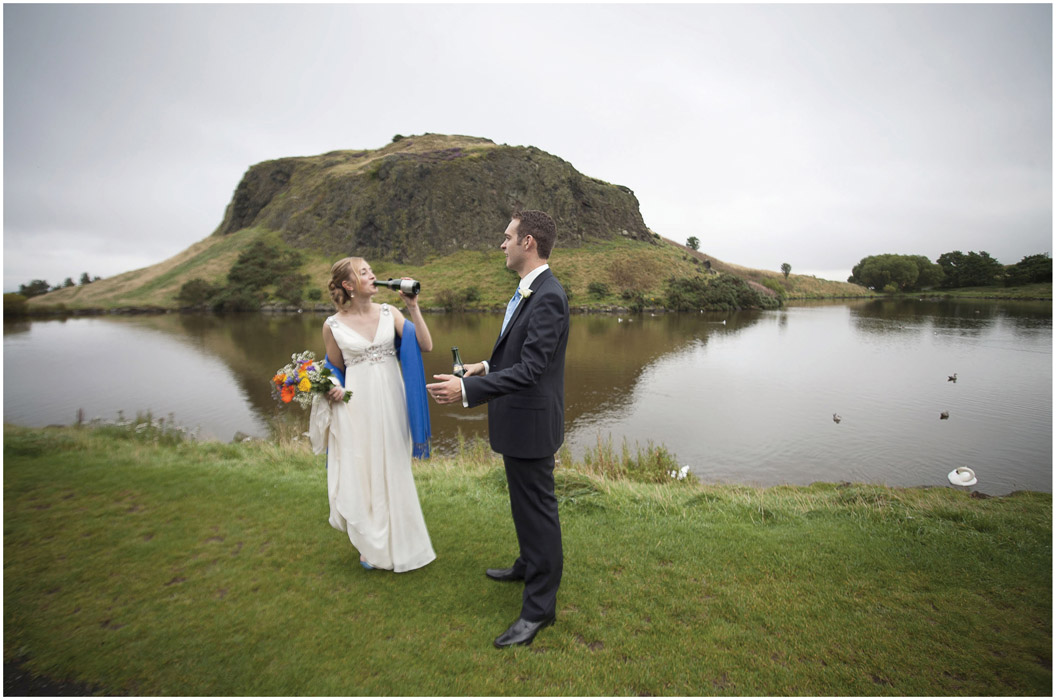
CHAPTER ONE
SEEING AND THINKING PHOTOGRAPHICALLY
Photographs surround us nearly all the time, but we rarely consider that they may have to be read closely before they can be understood. Neither does the mediums ubiquity mean that it is a successful universal communicator a sort of visual lingua franca. Despite what we are often told, photographs do not speak for themselves. Photography should be considered as a language, which means that its grammar and its syntax have to be learned before the medium can be fully explored and employed by the photographer.
Our ability to communicate, as well as our level of understanding, bear a direct relationship to our cultural, social and educational background. These circumstances inevitably affect you when looking at your own and other photographers work. It is also inevitable that you are going to be influenced most of all as a photographer by existing photographs that you have seen. Unfortunately, this can often lead to the frustrating feeling that its all been done before; but it hasnt by you, and that is an important thing to remember.
There is a tendency to relate the contents of a photograph to your own experience and knowledge, but this is true of most things, not just photography. For example, a photograph of the inside of an artery or an intestine may look to you like a mine shaft or a road tunnel, not the inside of a part of the human body. This example is not just related to your personal experience: it also highlights the mediums inherent ambiguity. This makes it a fascinating, but challenging, subject to study. You will find out that all is not what it seems in the world of photography.
PRE-VISUALISATION AND CAMERA VISION
Seeing and thinking photographically are different from our normal visual and intellectual processes, so it is important to learn to pre-visualise. You soon realise that the camera provides a view of the world unlike the one produced by the human optical system. It is, therefore, imperative to become familiar with how a camera sees.
Also, when you take a photograph, one of the things you do is still a moment of time and a segment of space in front of the lens. This act of stilling is worth further consideration.
Most of us have had to sit still and sketch something at one time or other in our lives. The result may not always have conformed to a standard idea of good draughtsmanship, but the discipline of stilling yourself for a length of time to look closely at an object almost certainly has a beneficial effect. You are now in the moment, concentrating on what you are viewing and isolating yourself from much of the world around you. You are probably not aware of it, but you are analysing the structure of the object and the effect light is having on it. You are also making marks.
This, in a very general sense, is what you do when making photographs. Once the subject has been chosen, the next step is the two-dimensional orchestration of the elements that make it up i.e. pre-visualisation. This is true in photography as well as in drawing.
TIME STILLED
Cameras, of course, have the capacity to freeze time and movement, but even when aiming for a candid, caught-on-the-wing picture, you have to be aware of what you are including in the photograph. By placing the camera on a tripod, the process of making photographs becomes a more contemplative and deliberate act of stilling. However, most people adopt an intuitive, instantaneous approach that tends to delay the contemplation of subject and composition until after the camera has automatically frozen the situation. A closer examination of the image takes place when this recorded information is viewed. This is referred to as post-visualisation.
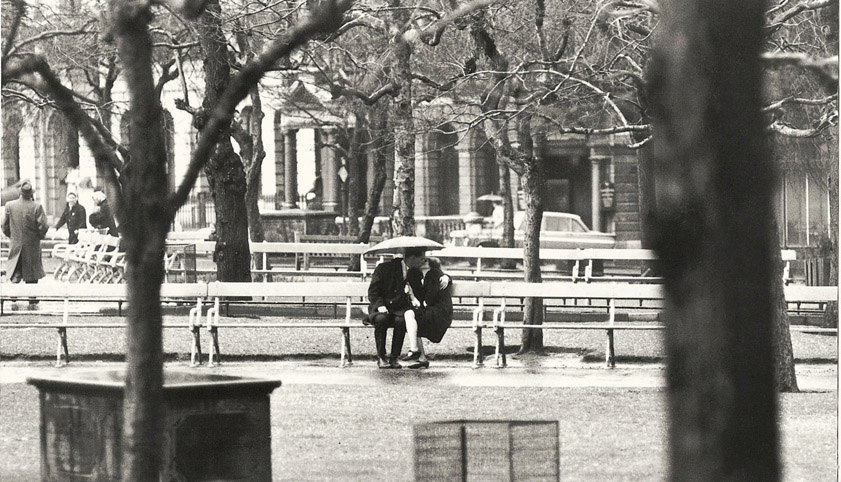
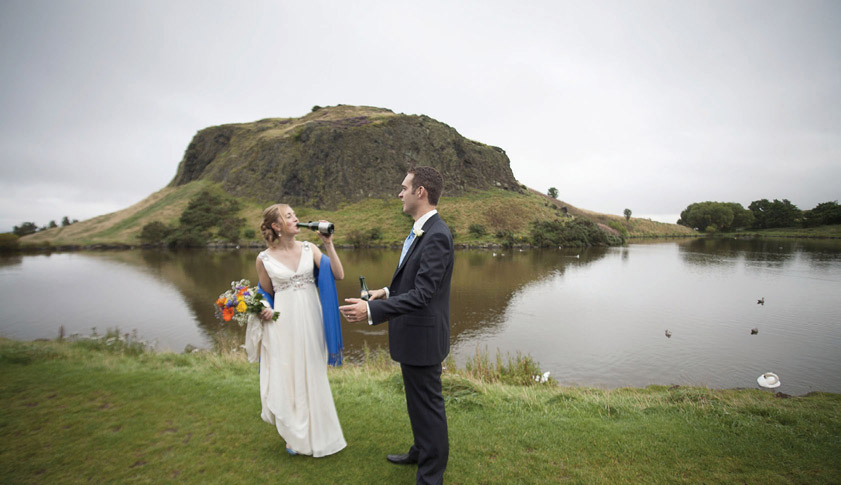
These photographs show how the camera can freeze a fleeting moment. A couple embrace lovingly even though they are sheltering from the rain. This candid, observational approach to the medium can, of course, be used in more divisive ways (e.g. by tabloids and for surveillance), but this show of tenderness on a foul day is what the photographer quickly spotted and realised would make a bittersweet image.



